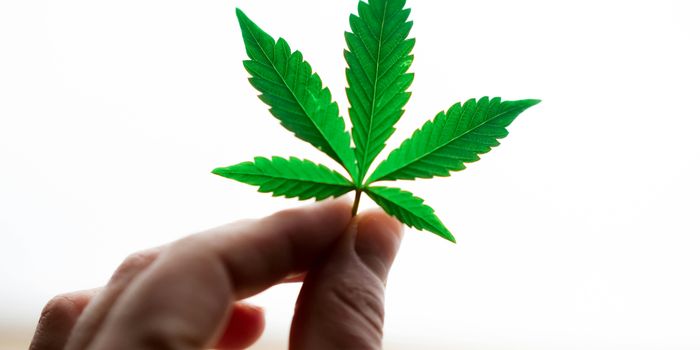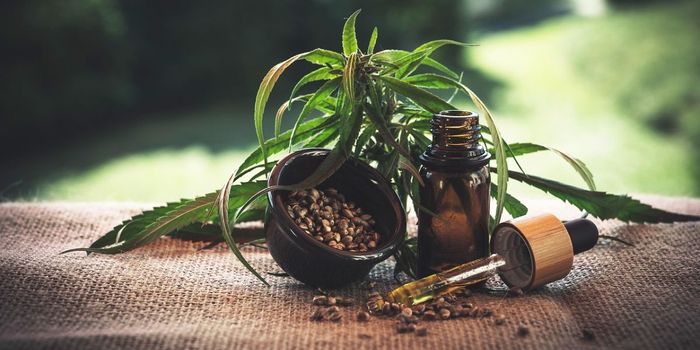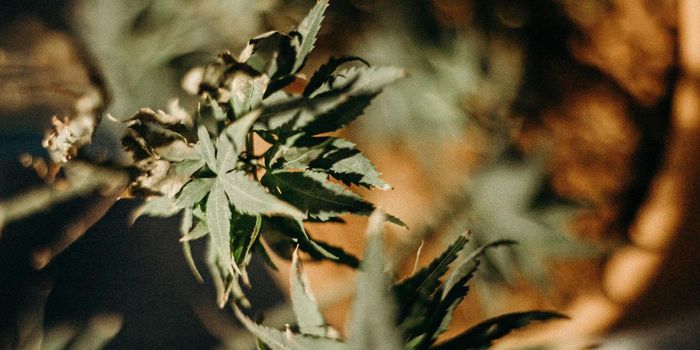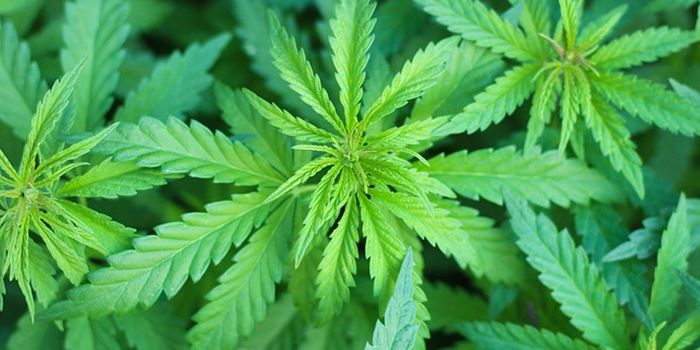Delta 10 is weird. Here's why.
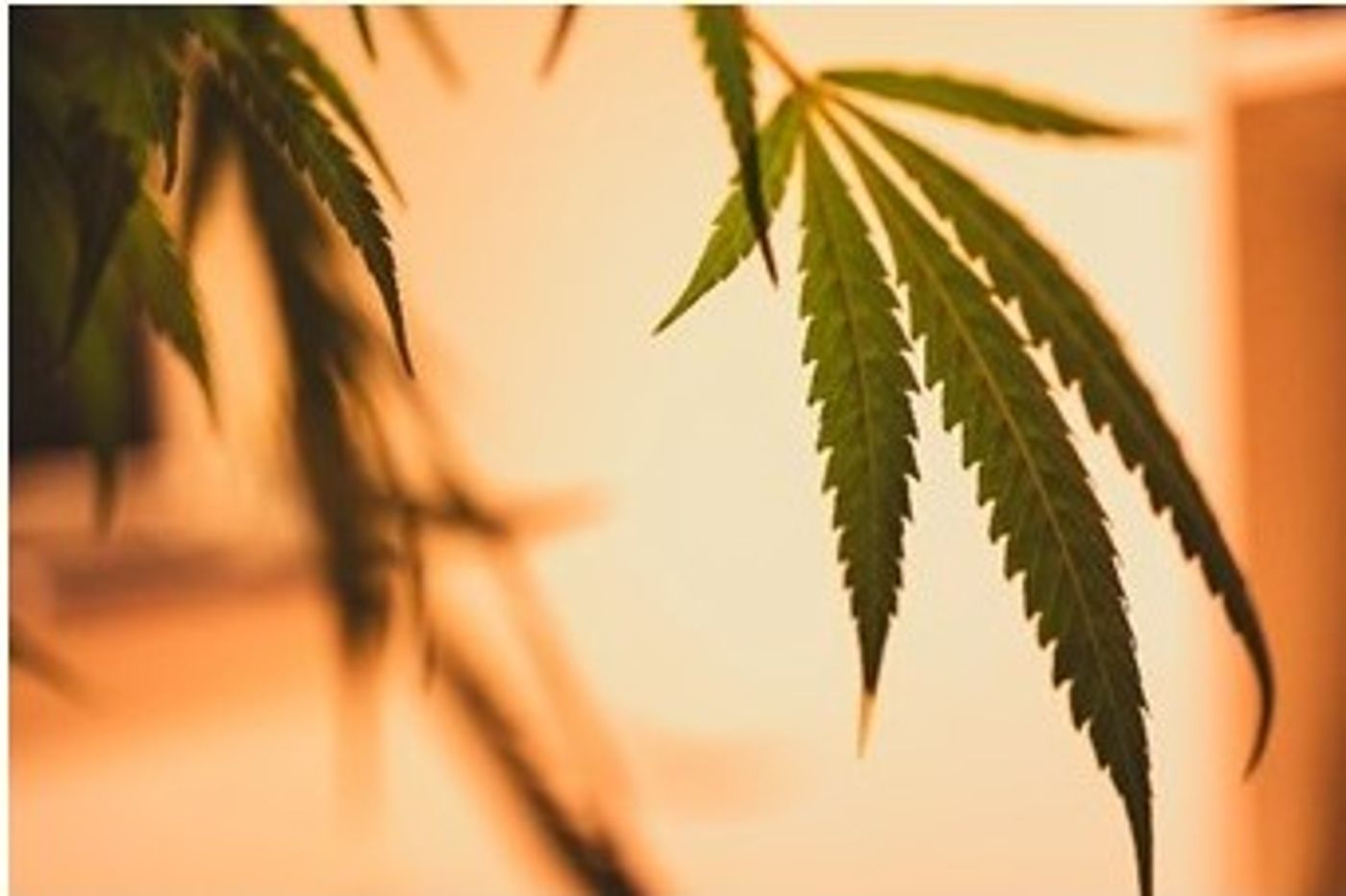
So, what does that mean? Users report that Delta 10 helps them with creativity, providing them more of an energetic, euphoric feeling. As a result, Delta 10 is popular for daytime use. Users also report that they don’t experience the paranoia that sometimes comes with traditional THC usage.
However, there’s a few weird things to know about Delta 10. First, you can only find trace amounts of Delta 10 occurring naturally in the plant. The rest is manmade.
To understand how that came to be, there’s a rapidly spreading urban legend that goes something like this: A California cannabis company bought cannabis to produce concentrates; cannabis that had been grown outdoors. Apparently, unbeknownst to the company at the time, the cannabis had been treated with a fire retardant to protect this outdoor grow from the California wildfires.
Unaware of the use of the retardant, the company still went ahead with the extraction process to produce the concentrates. The company then discovered that crystals with an unfamiliar structure were forming. Upon testing this extraction, they found it unique. So, after sending the distillate off to a testing facility, the company discovered that the cannabinoid was Delta 10.
Clearly, artificially producing Delta 10 with fire retardant is not the most effective or healthy way to grow the cannabinoid on a mass consumption level, and something a potential consumer should be aware of.
As a result, labs and companies are researching healthier and more eco-friendly food grade additives to act as a catalyst to develop it.
Secondly, Delta 10, which is derived from hemp, exists in an odd gray area when it comes to legality. So, whether a user is breaking the law when ingesting can sometimes be a complicated matter, and another thing to be aware of.
Bottom line, a consumer should as know as much as they can about what they’re potentially ingesting, so that they can make informed decisions before doing so.
Sources: Leafly, Extraction Magazine, Westword

